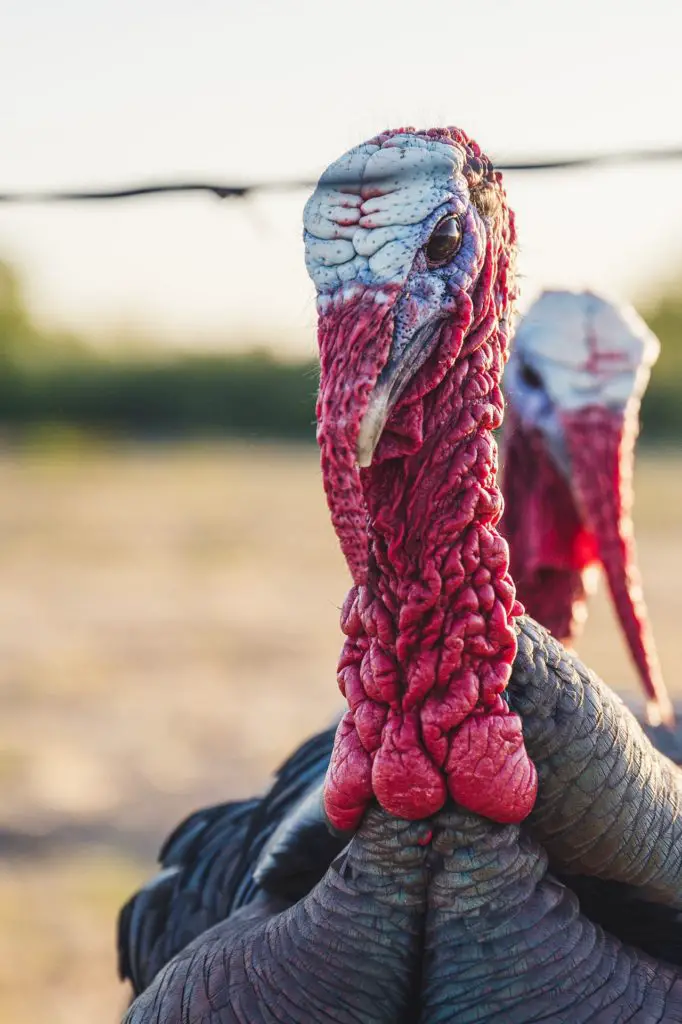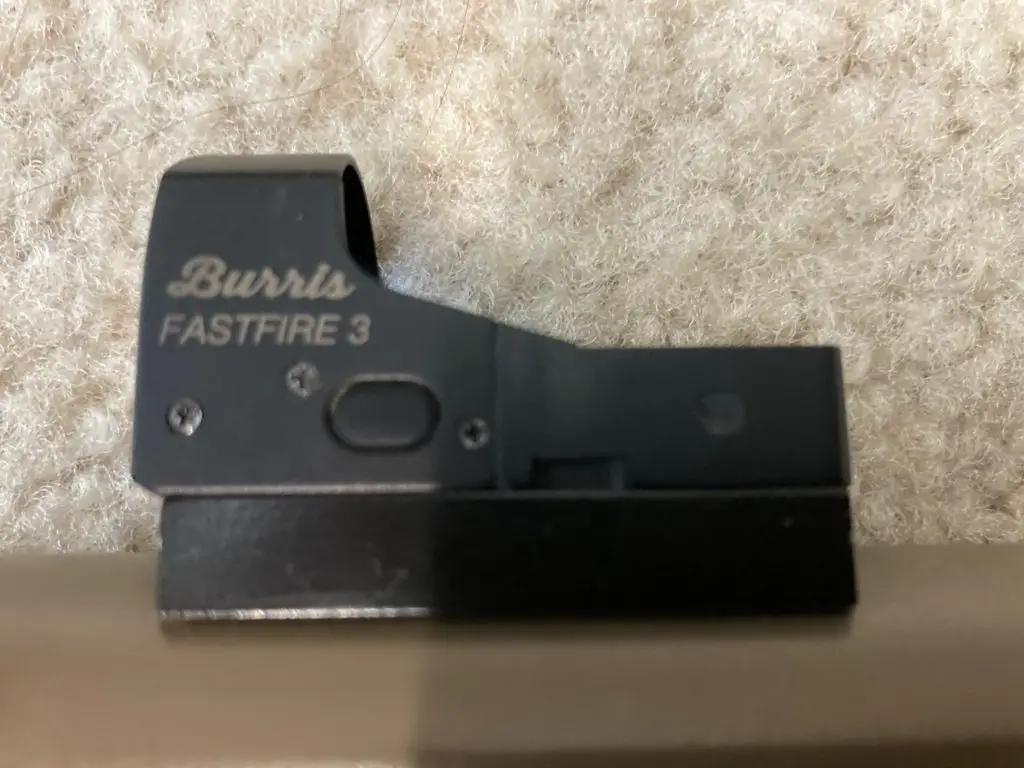
As a turkey hunter, you probably harvest turkeys or at least hope to one day. I’m sure you are shooting big-bearded, full-fanned, gobblers that are heavier than a sack of potatoes.
Want an easy way to get these heavy turkeys back to your truck?
Of course, you do! That’s why I want to show you how to make your own turkey tote.
A turkey tote sling allows you to carry your turkey in multiple positions making for a more comfortable carry. But that’s not the only benefit of using a turkey tote. I’ll get into more of those in the next section.
Advantages of a Turkey Tote
- A turkey tote keeps your vest, pants, and shirt cleaner. You can position the bird so that he is not dripping blood all over your expensive gear.
- Turkey totes don’t mess up the feathers on a turkey as much as putting them in the back pocket of your vest. Therefore, your turkey is still picture-perfect and ready for the taxidermist when you get to your destination.
- A turkey tote sling is more comfortable to carry over long distances than just carrying the tom by the leg or neck. You can keep your arms and hands in a variety of positions as you use the turkey tote’s length to your advantage.
- If you kill two birds (where legal of course), most turkey totes allow you to carry multiple birds on them at the same time. This is much easier than trying to manhandle them out without a tote.
- You can use a turkey tote to hang your harvest from a tree, limb, fence post, or nail on the barn wall. This is great if you need to keep the bird out of the dirt for a second while you rest. It also makes for cool photo opportunities.
How to Use a Turkey Tote
There are several methods for carrying a turkey with a tote. The two most popular methods would be a double-leg carry and a neck/legs carry.
Your turkey tote most likely has hoops or rings on each side. Slip the main line through the ring and pull through some excess. Place this loop around the turkey’s legs or neck and pull tight. It’s the same concept as a dog choke collar.
If you want the head to hang down, put a loop around each leg. If you want to carry the turkey higher, you can put one end around the neck and the other around the feet.
For a really long tether, you can put just one end around the turkey and throw the other end over your shoulder.
Now that you know how to use a turkey tote strap, let’s get into how to make one.
How to Make a Paracord Turkey Tote
I will admit, I’m not the most crafty guy in the world. However, even I was able to figure out how to make a turkey tote in a reasonable amount of time. It doesn’t look bad if I say so myself!
At first, you will struggle to pick up the cobra weave. However, once you get the hang of it, the rest of it goes really fast.
Let’s start with the basic materials you will need.

Things You’ll Need to Make a Turkey Tote
- Time: About 20-25 minutes
- Two different strands of 550 paracord (Ideally two different colors. One about 4-6 feet in length. The other about 20-25 feet in length.)
- Two metal rings, loops, or carabiners
- Scissors
- Lighter
You should be able to pick up some paracord at almost any sporting goods store. I got mine from Academy Sports in town. If you don’t want to go to the store, you can get it on Amazon.
In my opinion, the rings, loops, and/or carabiners make for a nice touch on the end of your turkey tote. However, if you wish to forego those, you can just tie loops in the ends.
Need help finding some rings? Here are some on Amazon.
Any pair of scissors will be fine. You will use them for cutting (obviously) as well as for molding your melted ends of paracord. I hope you have a pair of scissors already. I’ll spare you the Amazon link.
No need to get fancy with the lighter. You’re just going to use it to melt the ends of the paracord.
You’ve got the stuff. Let’s start making it.
Step One- Set the Scene
First, cut your inner paracord to a length of about 4-6 feet. I like to leave a little extra as you can always cut it off at the end. Melt the ends with your lighter to keep them from fraying.
Leave your second paracord as long as you can manage. Realistically, this is probably 20 to 25 feet. If you can’t handle that much paracord during the tying process, just cut it in half and do it in two sections that you can push together.
At a table, take one end of your inner paracord (4-6 feet) and anchor it under a book or other heavy object. Let the other end hang off the table on the end closest to you.
Now take your second paracord and run it under the inner paracord so that the two cords are perpendicular to each other. You want the second paracord to intersect with the inner paracord about one and a half feet from the tip of the inner paracord and halfway on the second paracord.

Step Two- Begin the Cobra Weave
Okay, let’s start the fun stuff. Take the right end of the second paracord and bring it over the inner paracord and parallel to the other side of the second paracord as shown above.
You want to leave space on the right side of the inner cord between the inner cord and the bend of the second cord. We will call this the “hole.”
Now take the end of the second paracord that originally started on the left side and bring it over the other end of the second paracord. Next, bring it under the inner paracord and up through the hole. Cinch it tight.
You’ve just tied your first knot in the cobra weave.
Step Three- Continue Your Cobra Weave
You’re going to continue to make the same knot over and over until you reach the end of the second cord. The tricky part is making sure you are starting the knot on the right side. Here’s how to know.
The hole is going to alternate sides every time. So if you started as I suggested above, your next pattern will put the hole on the left side. However, you will likely forget at some point, so here is a trick to figuring out which side to put the hole on.

Look at the image above. See how on the right side of the inner cord, you have a section of outer cord running parallel to the inner cord? This means you need to initiate your pattern from the right side (put the hole on the right side).
In this case, you would take the right end of the second cord and cross it over the inner cord. Then bring the other end of the second cord over the top of the end that you just crossed, back under the inner cord, and up through the hole.
Continue this pattern until you can’t tie any more knots with your second cord because it is too short.

Step Four- Cut Your Ends
Once you’ve used up all your second paracord with the cobra weave, it’s time to cut off both working ends of the second paracord. Some people will put an overhand knot in each end, but I just melt my ends.
Use your lighter to melt the ends so you don’t get any fray. Push the side of your scissors into the hot paracord to give it a mushroom shape so it is less likely to become unfurled.
Now look at your inner cord. You want about a foot to a foot and a half hanging out of the cobra weave on either end. Cut and melt the ends as necessary.

Step Five-Tie on Your Loops or Carabiners
I like to use a clinch knot to attach my carabiner or loop to the ends of the turkey tote. If you don’t have a loop or carabiner, You can just tie the end back along the length to create a loop from the paracord.
That’s it! You’ve just created your own turkey tote sling. How does it look?


